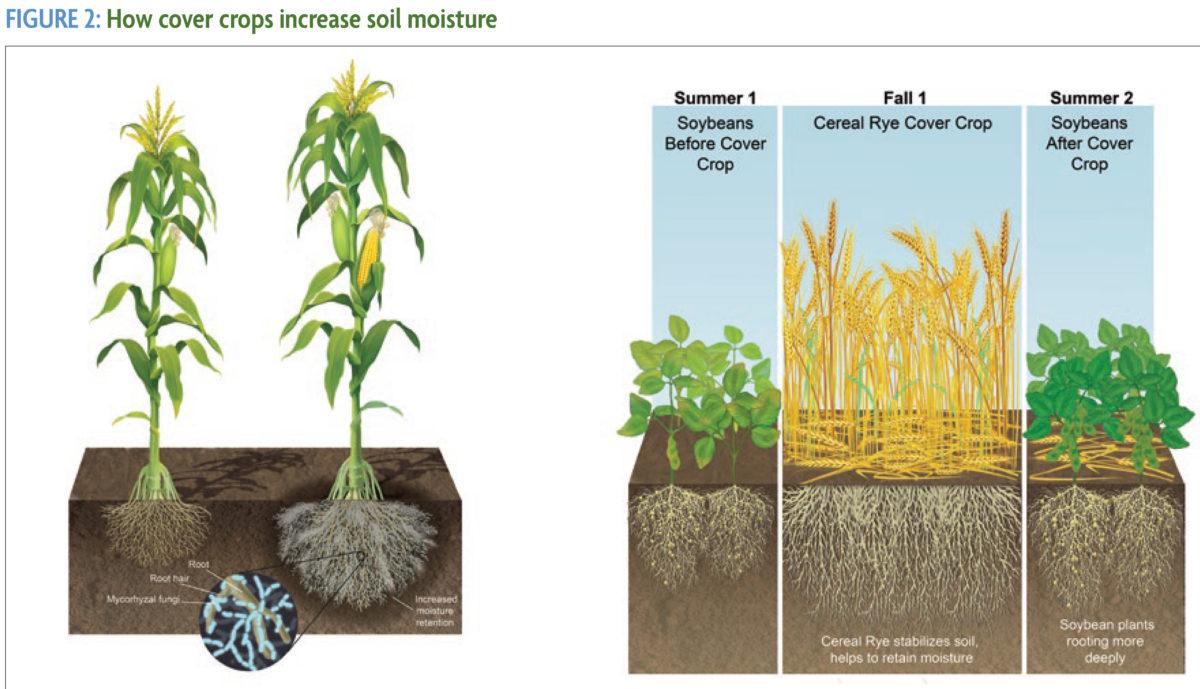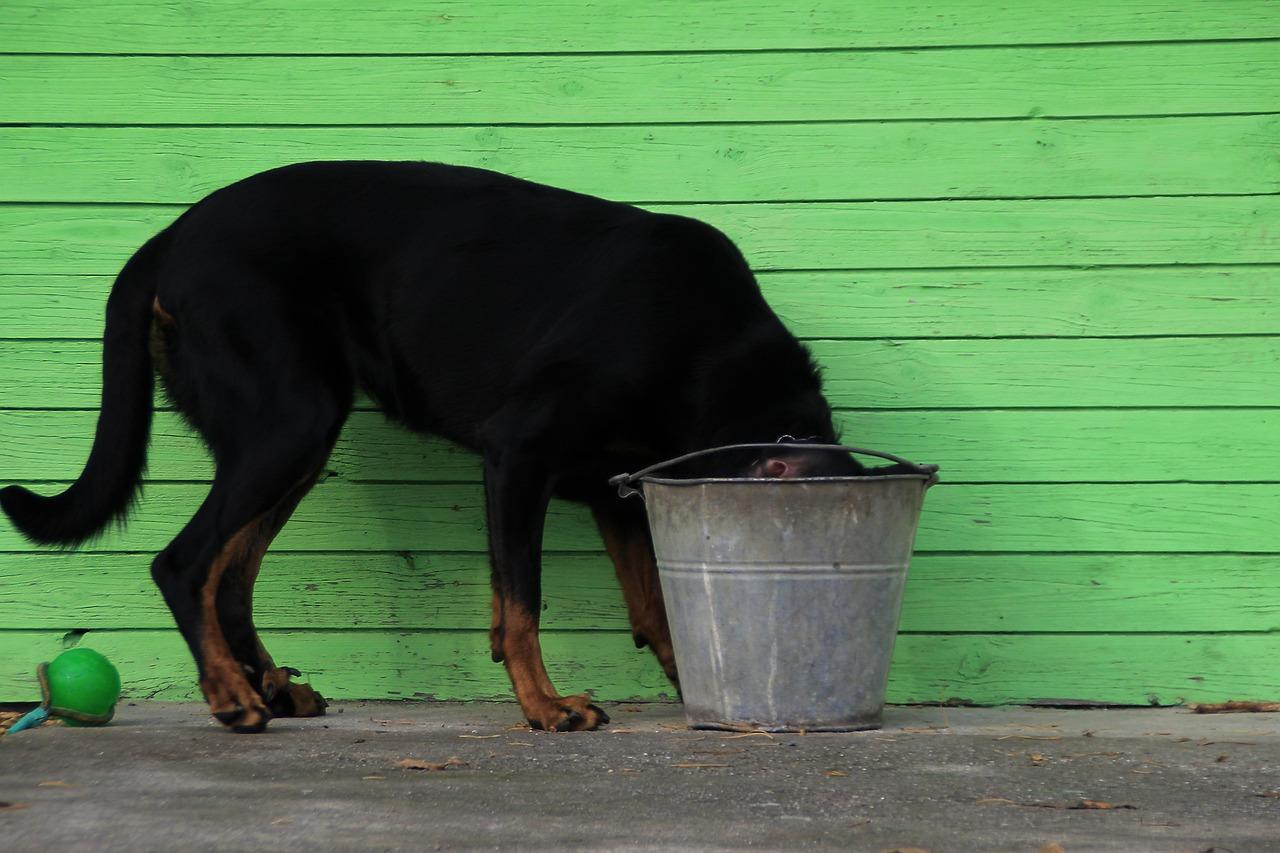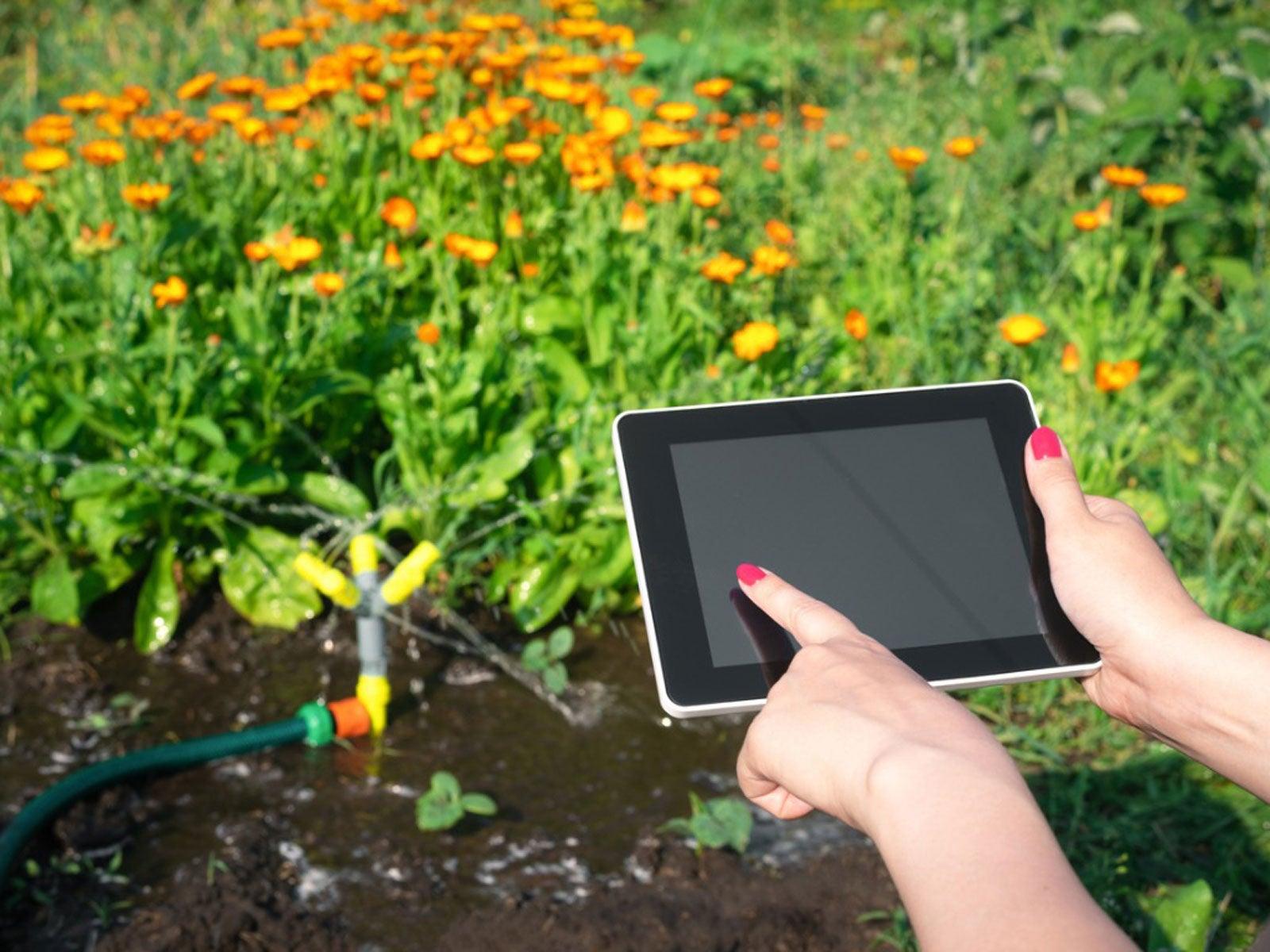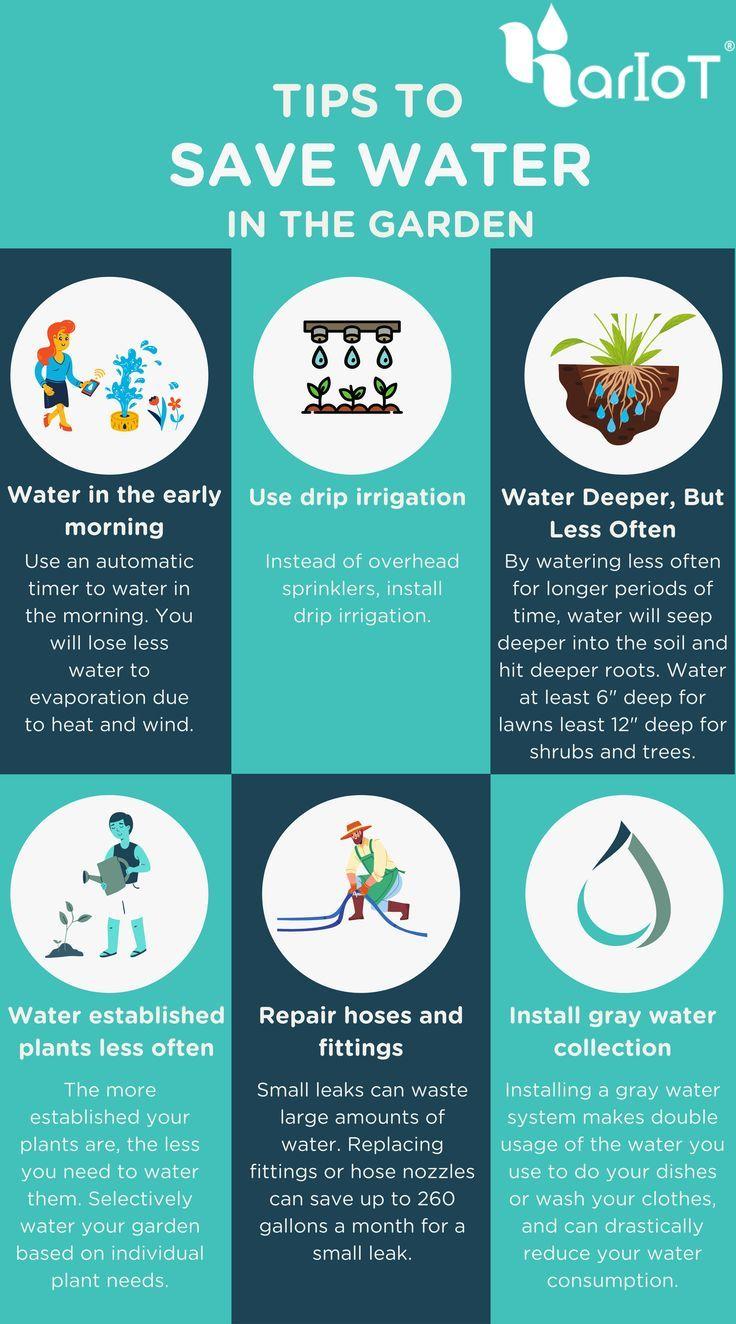As summer’s blazing sun casts its relentless gaze upon our gardens, the challenge of maintaining lush, vibrant landscapes becomes an uphill battle. Heatwaves can transform onc-thriving greenery into parched and wilting plants, leaving gardeners scrambling for solutions. Enter the art of smart watering—a blend of savvy techniques that not only conserves precious water but also ensures your outdoor oasis survives and thrives through the hottest months of the year. In this article,we will explore three essential strategies: mowing,mulching,and careful watering practices,each tailored to combat the harsh effects of extreme heat. Discover how these practical tips can help you nurture your garden sustainably, turning the sweltering heat into an chance for growth rather than a threat to your beloved plants. Join us on a journey to cultivate resilience in your garden, even in the most challenging conditions.
Maximizing Soil Moisture Retention Through Effective Mulching
Mulching is an excellent strategy for preserving soil moisture, especially during scorching heatwaves. By applying a layer of organic or inorganic materials on the surface of the soil, you create a barrier that helps to prevent water evaporation. The benefits of effective mulching are numerous and include:
- Temperature Regulation: Mulch acts as insulation, keeping the soil cooler in summer and warmer in winter.
- Weed Suppression: A thick mulch layer blocks sunlight, preventing weeds from establishing and minimizing competition for water.
- Soil enrichment: Organic mulches break down over time, adding vital nutrients back into the soil, enhancing its ability to retain moisture.
Choosing the right type of mulch is crucial for maximizing its effectiveness.Various materials can serve specific needs, whether you’re after aesthetic appeal, moisture retention, or nutrients. Consider the following options:
| Mulch Type | Benefits | Best For |
|---|---|---|
| Wood Chips | Long-lasting,improves soil as it decomposes | Flower beds,trees |
| Grass Clippings | Rich in nitrogen,helps decompose quickly | Lawn areas |
| Straw | Lightweight,great for retaining moisture | Vegetable gardens |
In addition to material selection,proper application is key to enhancing moisture retention. Aim for a mulch layer of about 2-4 inches thick, ensuring it’s evenly spread around the plants, but keep it away from the stems to prevent rot. Regularly check the mulch to maintain its condition, replenishing it as necessary to sustain its efficiency. With the right approach, mulching not only conserves moisture but also fosters a healthier garden ecosystem, minimizing the need for frequent watering during those relentless heatwaves.

The Importance of Timing: When to Water for Optimal Plant Health
Finding the perfect moment to water your plants can make all the difference in their overall health and vitality. During hot weather or heatwaves, when evaporation rates climb, it’s crucial to adjust your watering schedule. Early morning is often deemed the best time, as it allows moisture to soak into the soil before the sun reaches its peak, reducing evaporation. This timing not only conserves water but also ensures that plants have access to the moisture they need to thrive throughout the day.
Conversely, watering in the evening or late afternoon can lead to prolonged moisture on the leaves, promoting fungal growth and other plant diseases. If you must water during these times, consider using a drip irrigation system to direct the water straight to the roots, minimizing wet foliage.Additionally, avoid watering right before a forecasted rain; plants can only absorb so much water, and excess can lead to root rot.
to optimize your watering strategy, consider implementing a simple schedule based on the following factors:
| Factor | Best Timing |
|---|---|
| temperature | Early morning or late afternoon |
| Wind Conditions | Calm days are preferable |
| Soil Type | Adjust based on drainage; sandy soils need more frequent watering |
By tuning into these elements, you will not only enhance your plants’ resilience during tough weather but also foster a lush and thriving garden ecosystem that stands strong against the elements.

Lawn Care Strategies: Mowing Techniques for Drought Resilience
As heatwaves become more frequent, adopting proper mowing techniques is essential for fostering a resilient lawn. One effective strategy is to adjust the height of your mower blades.Keeping grass slightly longer—around three to four inches—creates deeper root systems and promotes shade that can prevent soil from drying out. This approach also minimizes stress on the grass, allowing it to access moisture reserves during periods of drought.
Another vital technique is the “leave the clippings” approach. Instead of bagging your lawn clippings,let them stay on the surface. This provides a natural mulch layer, returning nutrients to the soil and helping retain moisture. Grass clippings decompose quickly,enriching the topsoil while reducing the need for additional fertilizers. Moreover, they contribute to better temperature regulation, shielding the roots from intense heat.
lastly, consider varying your mowing pattern.Changing the direction each time you mow helps reduce soil compaction and encourages upright growth. Along with this, try to mow during cooler parts of the day, such as early morning or late afternoon, to minimize stress on both your grass and yourself.Not only dose this reduce the chances of heat damage,but it also allows for a more even cut,contributing to a healthier lawn overall.

Innovative Tools and technologies for Smart Watering Practices
In the era of technology, smart watering practices are elevated by an array of innovative tools that cater to both efficiency and sustainability. Smart irrigation systems, equipped with sensors that monitor soil moisture levels, automatically adjust watering schedules according to the unique needs of your garden. These systems not only conserve water but also optimize plant health by ensuring they receive just the right amount of hydration.
Another remarkable tool is the drip irrigation system, which delivers water directly to the roots of plants in a slow, precise manner. This method minimizes evaporation and runoff, making it perfect for drought-prone areas. Additionally, pairing drip systems with rain barrels can further enhance water conservation by utilizing collected rainwater, allowing you to maintain a lush garden while reducing your water bill.
| Tool/Technology | Benefits |
|---|---|
| Smart Irrigation Systems | Efficiency: Adjusts watering based on weather conditions |
| Drip Irrigation | Water Conservation: Direct delivery to plant roots |
| Rain Barrels | Eco-friendly: Use of collected rainwater |
Embracing these advanced methods not only helps in creating a enduring garden but also eases the burden of manual watering. Incorporating moisture sensors can provide real-time feedback, allowing gardeners to pinpoint areas needing attention. When combined with mobile apps, users can monitor their garden’s hydration needs from anywhere, making it a seamless part of modern gardening.
Q&A
Q&A: Smart Watering Tips: Mow, Mulch & Save in Heatwaves
Q1: Why is proper lawn care notably important during heatwaves?
A1: During heatwaves, high temperatures and reduced moisture can stress your lawn, leading to potential damage. Proper lawn care, including smart watering techniques, helps maintain soil moisture, promotes healthier growth, and minimizes water usage during these challenging conditions.
Q2: How does mowing affect the health of my lawn in extreme heat?
A2: Mowing can significantly influence lawn health during a heatwave.Keeping your grass at a taller height allows for deeper root growth and provides natural shade to the soil, reducing evaporation. Aim to cut no more than one-third of the grass height at a time. Sharp mower blades are also essential; they create clean cuts that help the grass recover faster.
Q3: What role does mulching play in conserving moisture?
A3: Mulching acts as a protective layer on the soil surface, reducing evaporation and helping retain moisture.Organic mulches,such as grass clippings or shredded bark,not only keep soil cool but also break down over time,enriching the soil with nutrients. Applying a 2-3 inch layer of mulch around flower beds and trees can be particularly effective during sweltering days.
Q4: How can I determine when to water my lawn in a heatwave?
A4: A simple way to gauge the need for watering is the “screwdriver test”: if you struggle to push a screwdriver into the soil, it’s likely to dry. Additionally, observe your grass—if it’s losing its vibrant green color or the blades begin to curl up, it’s time to water. Early mornings or late afternoons are the best times to water, minimizing evaporation.
Q5: Are there watering techniques that can definitely help reduce water use?
A5: Absolutely! Consider techniques such as drip irrigation or soaker hoses to target the roots directly without excess waste. Additionally, using rain barrels to collect runoff from gutters can provide a sustainable watering source. watering deeply and infrequently encourages deeper root growth, making your lawn more resilient in the heat.
Q6: What plants are best suited for drought conditions?
A6: Opting for drought-resistant plants can significantly ease your watering burden. Native plants, succulents, and ornamental grasses typically require less water once established. Incorporating a mix of these types into your landscape can create a vibrant, sustainable garden that thrives even when water is scarce.
Q7: What are some additional tips for lawn care during heat waves?
A7: In addition to mowing and mulching, consider aerating your lawn to improve air and water penetration, and be sure to test your soil pH to optimize nutrient availability. Regularly inspect for pests that may thrive in hot weather, and consider applying compost to add beneficial microbes to the soil. Embracing a holistic approach to lawn care will ensure your landscape remains resilient through the heat.
Q8: How will following these smart watering tips ultimately benefit me?
A8: By adopting these smart watering practices, you’ll not only save on water costs but also cultivate a healthier, more resistant lawn that withstands the rigors of heatwaves. It promotes environmental sustainability while ensuring your outdoor space remains lush and inviting, even in the hottest months. A well-cared-for lawn can enhance your property’s curb appeal and provide a tranquil retreat for you and your family.
—
Feel free to explore these tips, adapt them to your gardening style, and enjoy the benefits of a thriving lawn, no matter the weather!
To Conclude
As the sun blazes and temperatures soar during those notorious heatwaves, tending to your garden can feel like a daunting task. However, with the smart watering tips we’ve explored — from strategic mowing to effective mulching — you can transform your outdoor space into a resilient oasis. By making informed choices and adopting these simple practices, you’ll not only save water but also cultivate a sustainable habitat that thrives despite the heat. Remember, a well-maintained garden is not just a feast for the eyes; it’s also a sanctuary for wildlife and a testament to our care for the planet. As you embrace these techniques, you’ll find yourself not just surviving the summer sun, but flourishing alongside it. Happy gardening!
